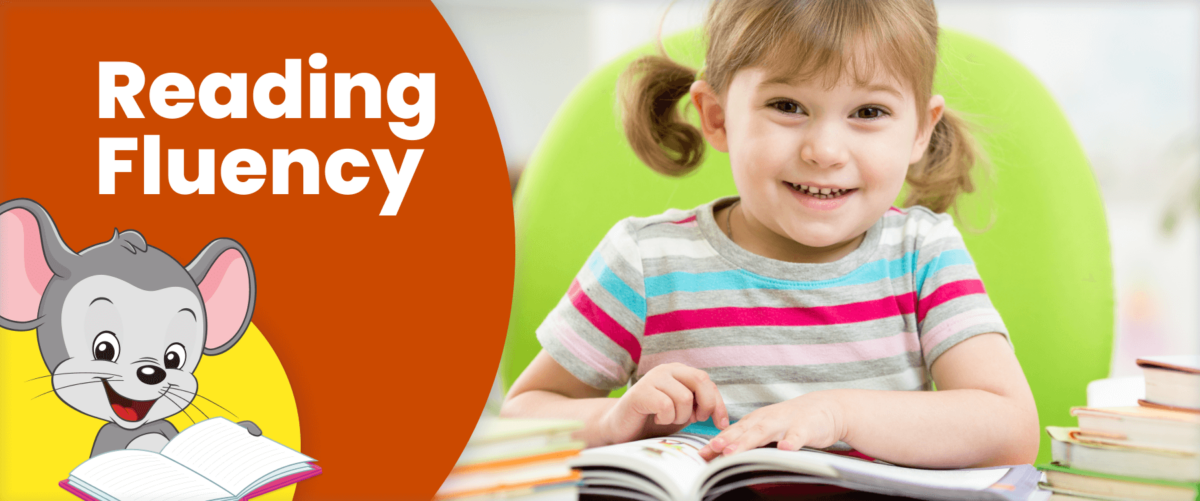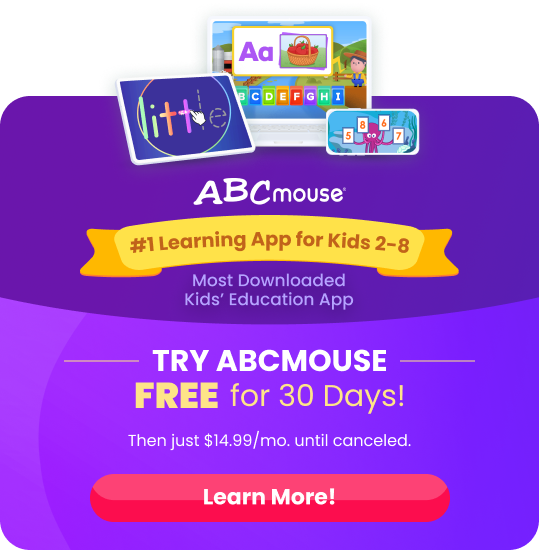
What is Reading Fluency? Plus, Tips for Teaching It
Learn why reading fluency is so important, when children begin to develop it, and how to help your child or student improve.
The science of reading encompasses a lot of different skills, from the beginnings of print awareness and letter recognition to phonics, sight words, and comprehension. One of the most important of these skills is reading fluency. Here’s what that term means, and how you can help your child develop it.
What is Reading Fluency?
In the simplest terms, reading fluency means the ability to read smoothly at a good pace, whether reading silently or out loud. Fluent reading includes three main characteristics:
Accuracy: The number of words a reader reads correctly in the proper order
Rate: The speed of the reader, sometimes measured in words per minute
Expression: Also called prosody, this means reading out loud with natural inflections, pauses, and emphasis
A fluent reader can read a passage out loud in a normal voice that sounds just like they’re having a conversation with someone. They read smoothly, without skipping words or stopping frequently to sound out a new word. These readers correctly pronounce and understand the words they’re reading nearly 100% of the time.
Non-fluent readers are much more halting when they read, often sounding out many words in each sentence one by one. They lack natural expression, instead reading in a stilted, robotic tone. They may also pronounce many words incorrectly, skip words they don’t know, or fail to understand the words as they read them.
Why is Reading Fluency So Important?
Research has shown that reading fluency has strong links with reading comprehension. When a child is unable to read a text fluently, they spend more time decoding the words and less time actually understanding the meaning. Non-fluent readers don’t gain much new information by reading a text–at least, not the first time. They’re too focused on sounding out words and making it to the end of each sentence.

Fluent readers don’t have to think much about reading skills, because they’ve become second nature. This frees them up to focus on the meaning of the text, which also makes reading more enjoyable. Very few of us enjoy doing something we find difficult, and we may eventually give up on that skill altogether. Reading is like that for many kids: until they develop true fluency, they won’t enjoy reading for school or at home.
When Do Students Develop Reading Fluency?
Most students don’t become fully fluent readers until late in elementary school. However, that doesn’t mean you should ignore this concept early on. Instead, you want your child to be able to read fluently using texts that match their current skill set.
For instance, a first grader should be able to fluently read texts that contain lots of CVC (consonant-vowel-consonant) words, plus first grade sight words and high frequency words. Decoding the words (sounding them out) is just the start. Ensure your child can read with good pacing, high accuracy, and natural expression before moving along to new reading skills.
How Can I Help My Child Develop Fluency?
Some children develop fluency naturally as they master reading skills, but others need explicit instruction and practice. The easiest way to know if your child can read fluently is to ask them to read out loud to you. Listen to their pace, follow along to check their accuracy, and see if they read with expression. If your child needs some help with reading fluency, try some of these activities and ideas.
Modeling
The more a child hears fluent reading, the more they’ll understand what’s expected of them. Read out loud frequently, from books, magazines, news articles, or any other text. Use appropriate expression, emphasizing important words and pausing for punctuation. When reading stories, don’t be afraid to “do voices” for different characters, injecting life into what you’re reading.
In-person reading is important, but you can also use high-quality read aloud videos to help your child develop reading fluency. Look for those that show the text on-screen as they read, so kids can easily make the connection between written and spoken words. Listen to a few videos in advance, to ensure they truly demonstrate good pacing and expression.
Reading Repetition
Kids love to read and reread old favorites, and that’s actually a good thing. When a child reads a book multiple times, they become more comfortable with the text with each repetition. Eventually, their comfort with the book allows them to read at a conversational pace, in a natural and engaging tone of voice. So even though you may be tired of hearing the same books again and again, remember that it’s all in the name of fluency!
Try These:
The Best Books for Kindergarteners
Read and Repeat
For more explicit reading fluency practice, try the read-and-repeat method. First, have your child use their reading skills to decode the words in a sentence one at a time. Then, read that same sentence out loud to them, and ask them to repeat it back while mimicking your conversational tone. Do this for each sentence on a page, then ask your child to go back and reread the whole page out loud, with a smoother pace and more expression.
Try: Reading Comprehension Worksheets for Kindergarten and Up
Reading in Unison
Another way to encourage better fluency is to try reading in unison with your child. Slow down a bit to match their pacing, but keep things moving along at a comfortable rate. Make note of any words they stumble over; you can return to them after you’ve finished the page or book. The important thing is to build a sense of confidence as they read aloud along with you, trying to match your tone and inflections.
Explore more: 10 Strategies for Helping a Struggling Reader
Learn how ABCmouse can help your preschool child be better prepared for kindergarten here, then join today to get started on a lifetime of learning!


